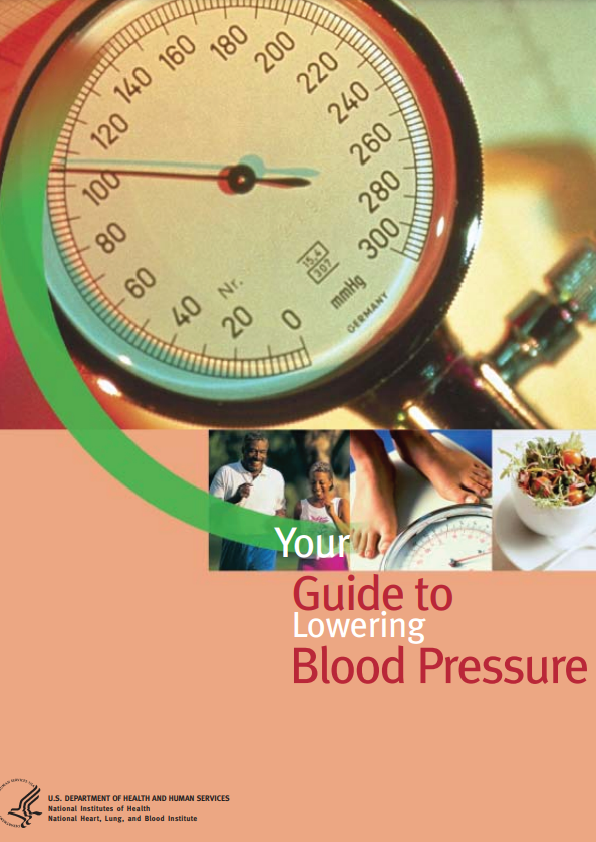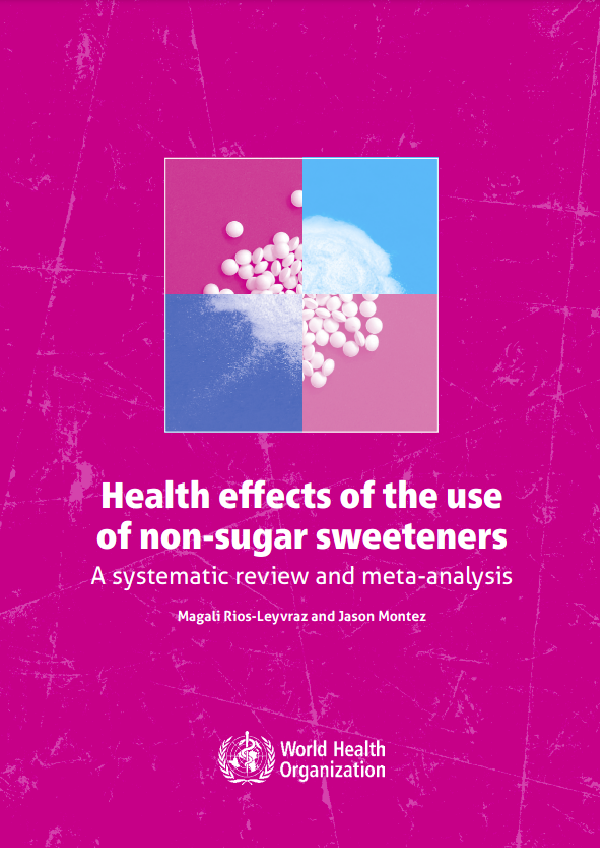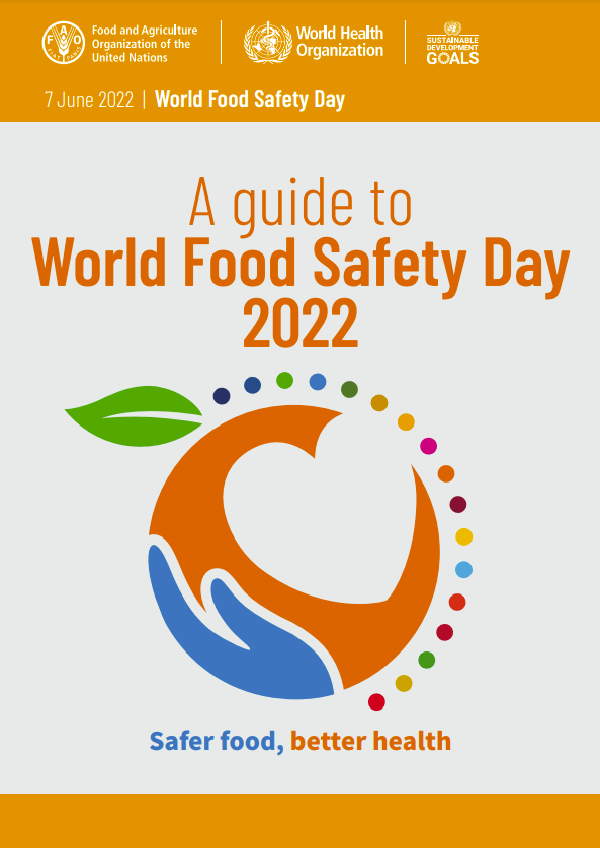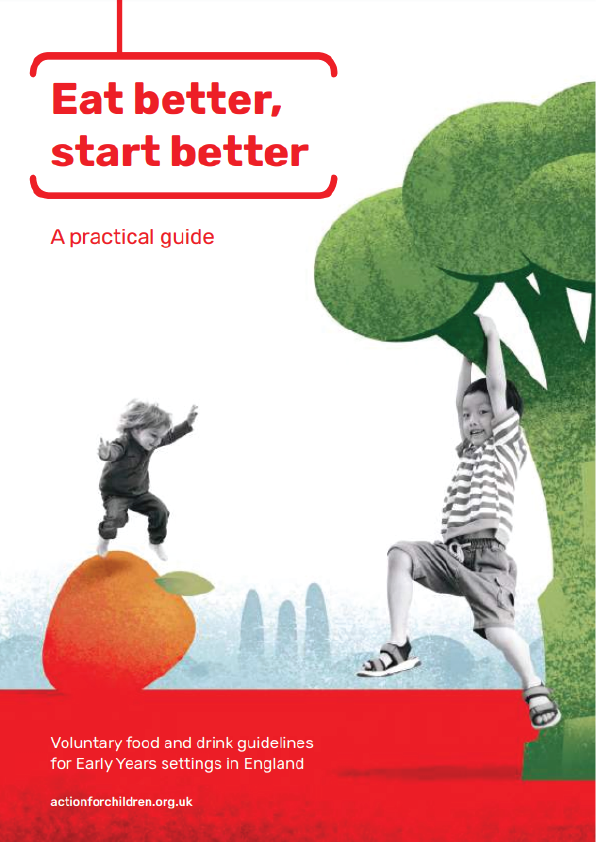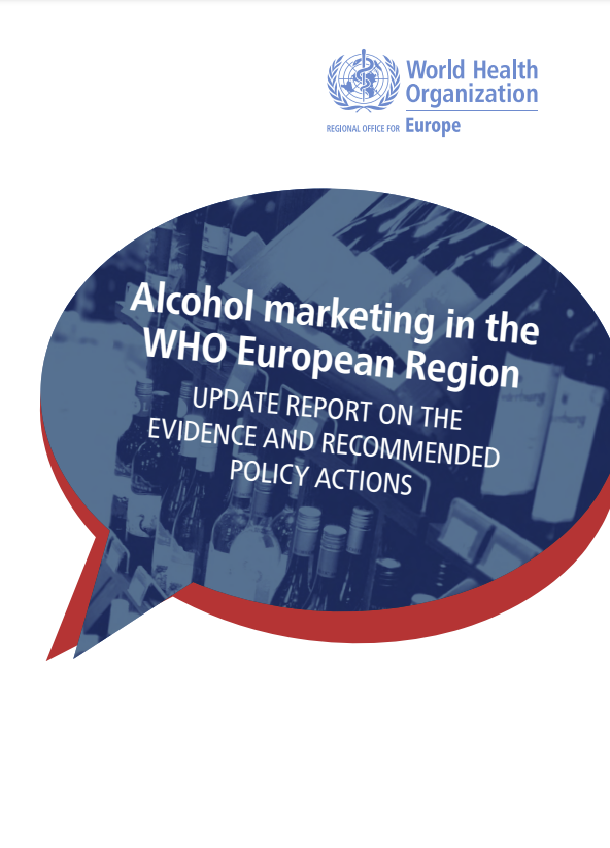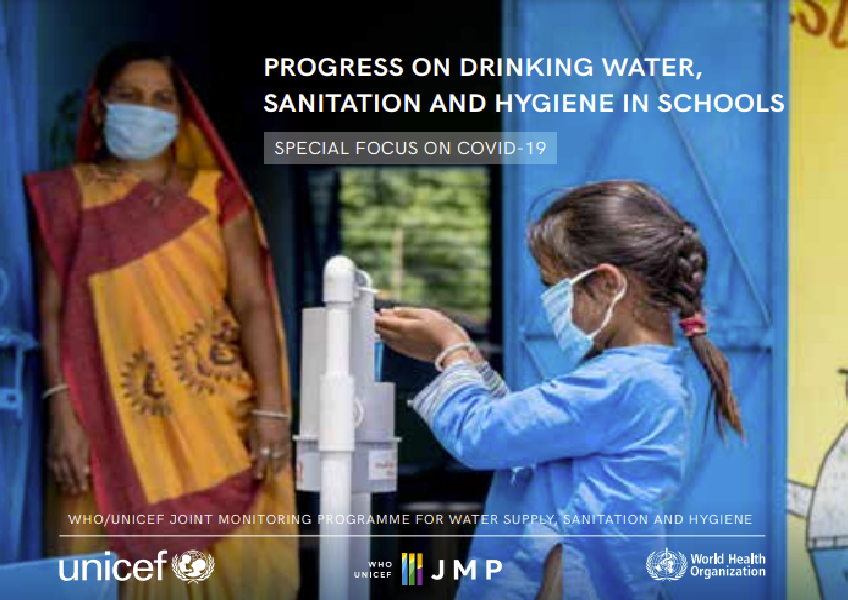What Are High Blood Pressure and Prehypertension?
Blood pressure is the force of blood against the walls of arteries. Blood pressure rises and falls throughout the day. When blood pressure stays elevated over time, it’s called high blood pressure. The medical term for high blood pressure is hypertension. High blood pressure is dangerous because it makes the heart work too hard and contributes to atherosclerosis (hardening of the arteries). It increases the risk of heart disease (see box 1) and stroke, which are the first- and third-leading causes of death among Americans. High blood pressure also can result in other conditions, such as congestive heart failure, kidney disease, and blindness.
Risk Factors for Heart Disease
Risk factors are conditions or behaviors that increase your chances of developing a disease. When you have more than one risk factor for heart disease, your risk of developing heart disease greatly multiplies. So if you have high blood pressure, you need to take action. Fortunately, you can control most heart disease risk factors.
Risk factors you can control: Risk factors beyond your control:
- High blood pressure
- Age (55 or older for men; 65 or older for women)
- Abnormal cholesterol
- Family history of early heart disease (having a father or
- Tobacco use brother diagnosed with heart disease before age 55 or
- Diabetes having a mother or sister diagnosed before age 65)
- Overweight
- Physical inactivity
A blood pressure level of 140/90 mmHg or higher is considered high. About two-thirds of people over age 65 have high blood pressure. If your blood pressure is between 120/80 mmHg and 139/89 mmHg, then you have prehypertension. This means that you don’t have high blood pressure now but are likely to develop it in the future unless you adopt the healthy lifestyle changes described in this brochure. (See box 2.) People who do not have high blood pressure at age 55 face a 90 percent chance of developing it during their lifetimes. So high blood pressure is a condition that most people will have at some point in their lives. Both numbers in a blood pressure test are important, but for people who are age 50 or older, systolic pressure gives the most accurate diagnosis of high blood pressure. Systolic pressure is the top number in a blood pressure reading. It is high if it is 140 mmHg or above.
How Can You Prevent or Control High Blood Pressure?
If you have high blood pressure, you and your health care provider need to work together as a team to reduce it. The two of you need to agree on your blood pressure goal. Together, you should come up with a plan and timetable for reaching your goal.
Blood pressure is usually measured in millimeters of mercury (mmHg) and is recorded as two numbers—systolic pressure (as the heart beats) “over” diastolic pressure (as the heart relaxes between beats)—for example, 130/80 mmHg. Ask your doctor to write down for you your blood pressure numbers and your blood pressure goal level.
Monitoring your blood pressure at home between visits to your doctor can be helpful. You also may want to bring a family member with you when you visit your doctor. Having a family member who knows that you have high blood pressure and who understands what you need to do to lower your blood pressure often makes it easier to make the changes that will help you reach your goal.
The steps listed in this brochure will help lower your blood pressure. If you have normal blood pressure or prehypertension, following these steps will help prevent you from developing high blood pressure. If you have high blood pressure, following these steps will help you control your blood pressure. This brochure is designed to help you adopt a healthier lifestyle and remember to take prescribed blood pressure-lowering drugs. Following the steps described will help you prevent and control high blood pressure. While you read them, think to yourself.
Finding YOUR Target Weight
Being overweight or obese increases your risk of developing high blood pressure. In fact, your blood pressure rises as your body weight increases. Losing even 10 pounds can lower your blood pressure—and losing weight has the biggest effect on those who are overweight and already have hypertension. Overweight and obesity are also risk factors for heart disease. And being overweight or obese increases your chances of developing high blood cholesterol and diabetes—two more risk factors for heart disease. Two key measures are used to determine if someone is overweight or obese. These are body mass index, or BMI, and waist circumference. BMI is a measure of your weight relative to your height. It gives an approximation of total body fat—and that’s what increases the risk of diseases that are related to being overweight.
Do you want to explore more on this topic? You can read through the book above.
